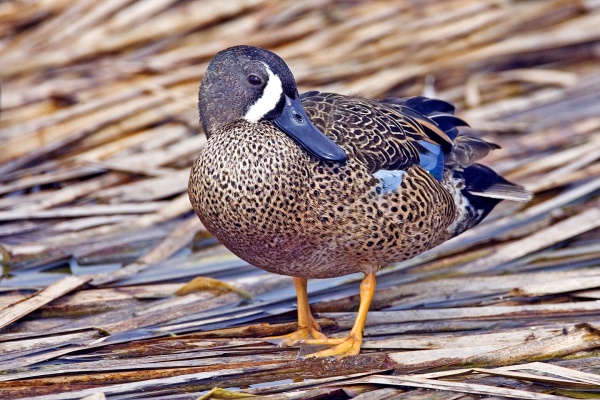Facts About Blue-winged teal
The blue-winged teal is a charming little duck native to North America. Belonging to the Anatidae family, this bird ranges from the southern parts of Alaska to Nova Scotia. With the onset of winter, these ducks migrate to warmer regions along the Pacific and Atlantic coasts, and some even make their way to the Caribbean islands and Central America.
First described by the famed scientist Carl Linnaeus in 1766 under the name Anas discors, the blue-winged teal was later reclassified into the genus Spatula. These ducks measure about 40 cm in length and exhibit distinctive features. Males have a greyish-blue head, while females are adorned in mottled brown plumage.
In terms of diet, blue-winged teals are not particularly finicky. They feed on a variety of plants, mollusks, and aquatic insects. They favor habitats such as marshes, ponds, and calm waters where they can easily find food and build their nests.
One of the most intriguing aspects of blue-winged teals is their migration habits. They are typically the first ducks to head south in the fall and the last to return north in the spring. Their nesting season begins around April to May, during which they usually lay between 10 to 12 eggs. The eggs take about 21 to 27 days to hatch, and once born, the ducklings are ready to walk to water within hours.
When it comes to foraging, these ducks are quite resourceful. They often feed on mud flats, fields, and shallow waters rich in aquatic life. However, they must remain vigilant against predators such as snakes, turtles, birds, and various mammals.
Blue-winged teals thrive in wetland areas with diverse vegetation. They display fascinating behaviors, particularly in courtship, nesting, and feeding. They are commonly found across most of North America, especially in marshes and ponds during the breeding season. Their adaptability and varied diet are key factors contributing to their successful presence in various environments and the overall health of their populations in many regions.

 Ireland
Ireland